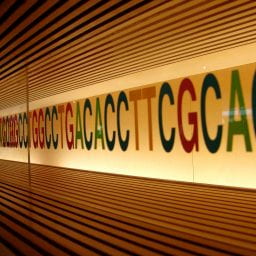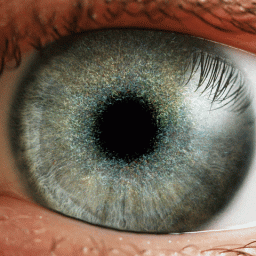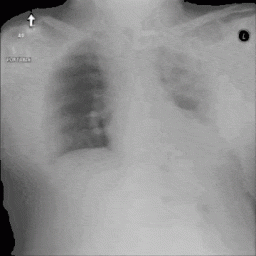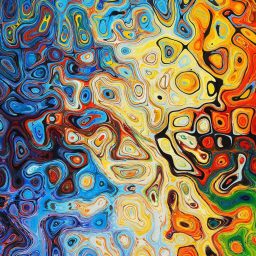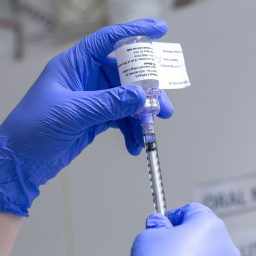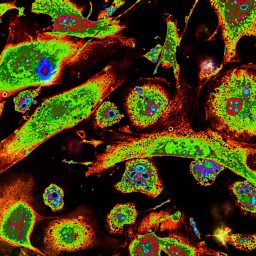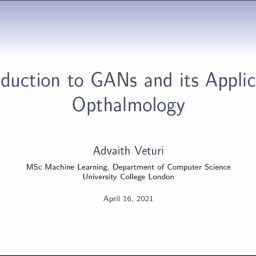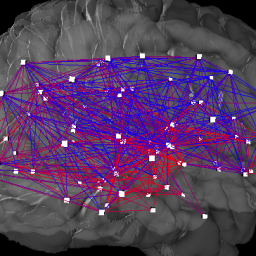Zooming into the cells – Genomics and Bioinformatics
When you Google the terms “Deep learning and Medicine” or “Machine learning and medicine”, most of the articles you see will probably be about its uses in radiology-based diagnosis, electronic healthcare records, basically the clinical data. Over the past couple of years, there has been increasing ML research on the more cellular level, focusing on … Continue reading Zooming into the cells – Genomics and Bioinformatics
